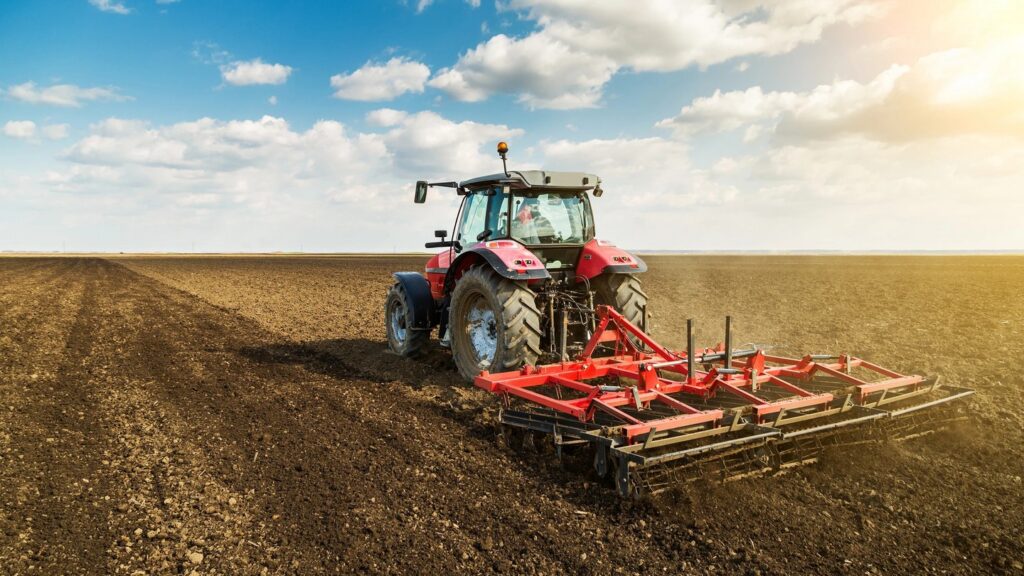Mechanization of the agricultural and farming industry in Tanzania may immediately lead to increased productivity, as well as an overall shift from human-powered crop cultivation. Mechanization policies of the government have changed. There has been a new Agricultural Sector Development Program introduced by Tanzania (ASDP1). Tanzania’s industrial and export needs may be met with more ease if automation techniques and harvesters are used.
In Tanzania, the demand for farm electricity is influenced by the dualistic character of its agricultural industry, which consists of large-scale farms and small-scale farms. There are also medium-sized farms (MSFs) throughout the nation. About 12–15% of the world’s arable land is now occupied by LSFs. The majority of mechanically driven agricultural equipment in Tanzania is held by MSFs and LSFs, although LSFs are especially mechanized and have continuously owned more than 50% of the 4WTs at any one time. There are a lot of 4WTs in the fleet of most LSFs, as well as specialty equipment like combine harvesters that they may rent out. On a contract farming basis, several LSFs provide equipment rental services to MSFs.
A broad spectrum of mechanical technology has been used by Tanzanians, however there is geographical diversity. Grain mills, combine harvesters, and other harvest and post-harvest processing devices are all powered by motors, along with tractors and pumps. As well as low-horsepower 4WTs meant for developing nations and the power tiller or 2WT, the most popular tractor design in the country is the two-axle, four-wheel tractor.
The usage of 4WTs and 2WTs has been increasing via THSs, although acceptance is still limited. There are six areas in Tanzania where 65 percent of 4WT ownership is concentrated; while the remaining 35 percent is dispersed among the country’s other 19 regions. The geographic distribution of 4WTs has not changed much, but the quantity of 4WTs imported from Asia has grown dramatically. In 2005, there were around 7,200 serviceable and operating 4WTs; by 2014, this number had risen to 13,000 units. It’s not obvious how old the fleet is, but 73 percent of the vehicles were over 15 years old, 35 percent were over 25 years old, and less than 10 percent were less than 10.
In recent years, the usage of 2WTs has also increased. The government funded the purchase of more than 2,000 2WTs in 2009, the highest year for imports. These were given out to local governments around the nation. Since then, the amount of 2WTs brought into the nation has decreased, but fresh units are still arriving.
70% of Africa’s 2WT came from Tanzania, Madagascar and South Africa in 2018. Tractors and DAP accounted for 14% and 24% of land preparation on cultivated land, respectively, according to 2015 statistics from the Ministry of Agriculture. More than two-thirds of the world’s land still depends on human labor and Hand-Tool Technology (HTT). But in other locations, including Arusha, Manyara, Mbeya, and Kilimanjaro, tractors are used to prepare ground much more than the national average, with up to 48 percent of cultivated land being prepared this way.
The use of combine harvesters and other post-harvest processing equipment is confined to commercial farms. There is, however, anecdotal evidence of an increase in the usage of small combines and other machinery by small-scale farmers. To decrease postharvest losses, harvesting and postharvest processes have become more efficient thanks to this. Farm equipment rental services might be a viable business opportunity for entrepreneurs, particularly for rice growers.
Tags: agriculture, farming, tanzania, tractors

